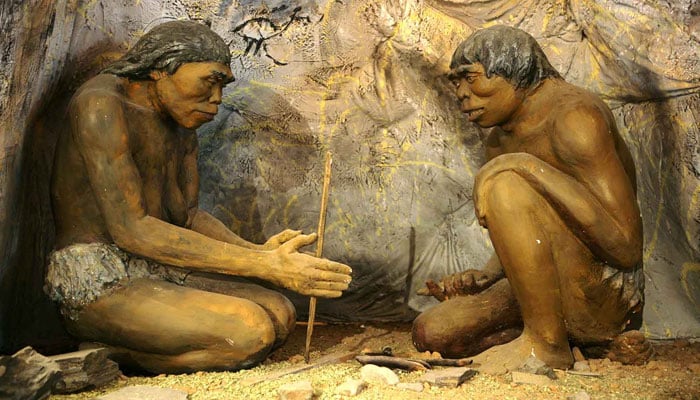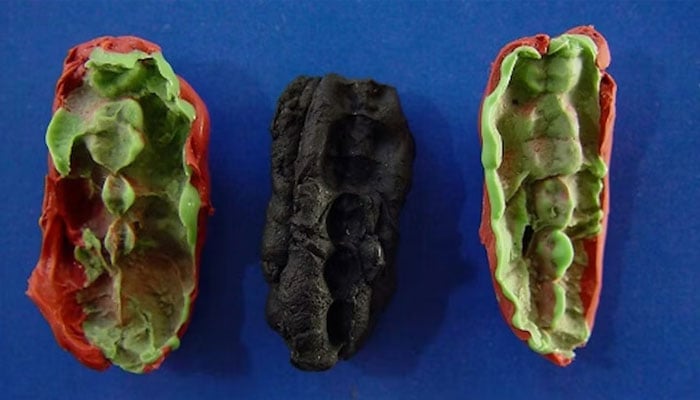Over 9,000-year-old chewing gum reveals what stone age teenagers ate
Resin samples excavated from Gothenburg, Sweden had teeth imprints, suggesting teenagers chewed them
February 01, 2024

A group of people camping on the west coast of Scandinavia 9,700 years ago were hunter-gatherers fishing, and collecting resources. Some teenagers chewed resin (mastic) to produce glue after eating trout, deer, and hazelnuts.
However, one of the teenagers had a severe gum infection, making it difficult to chew the chewy deer meat and prepare the resin.
This snapshot of the Mesolithic period, just before Europeans started farming, comes from an analysis of DNA left in the chewed resin, now published in Scientific Reports.
Huseby Klev, located north of Gothenburg, Sweden, was excavated in the early 1990s, revealing 1,849 flint artefacts and 115 resin pieces. The site has been radiocarbon dated between 10,200 and 9,400 years ago, with one piece dating back 9,700 years.
The resin samples analysed had teeth imprints, suggesting that teenagers chewed them. Masticated lumps with teeth or fingerprints are uncommon in Mesolithic sites.

The resin was made of birch bark pitch, used as an adhesive in stone tool technology from the Middle Palaeolithic onwards. However, they were also chewed for recreational or medicinal purposes in traditional societies.
Similar substances like coniferous tree resins, natural bitumen, and plant gums have been used in similar ways globally.
Half of the extracted DNA from some resin is human, representing some of the oldest human genomes from Scandinavia, with a unique ancestry profile common among Mesolithic hunter-gatherers who once lived there, compared to ancient bones and teeth.
The resin contains both male and female human DNA, suggesting that teenagers prepared glue for tool making. The other half of the DNA is non-human, primarily from bacteria and fungi living in the mastic since its disposal 9,700 years ago.
Some DNA was from bacteria in humans chewing the mastic, along with material they had chewed on before chewing birch bark pitch.
The study focuses on analysing DNA using various strategies, transforming short DNA fragments into longer ones, and using machine learning to identify pathogens.
It also compares the data to modern dental issues like tooth decay and periodontitis, demonstrating the complexity of this task and the need for adapting existing computing tools along with development of new analytical strategies.











